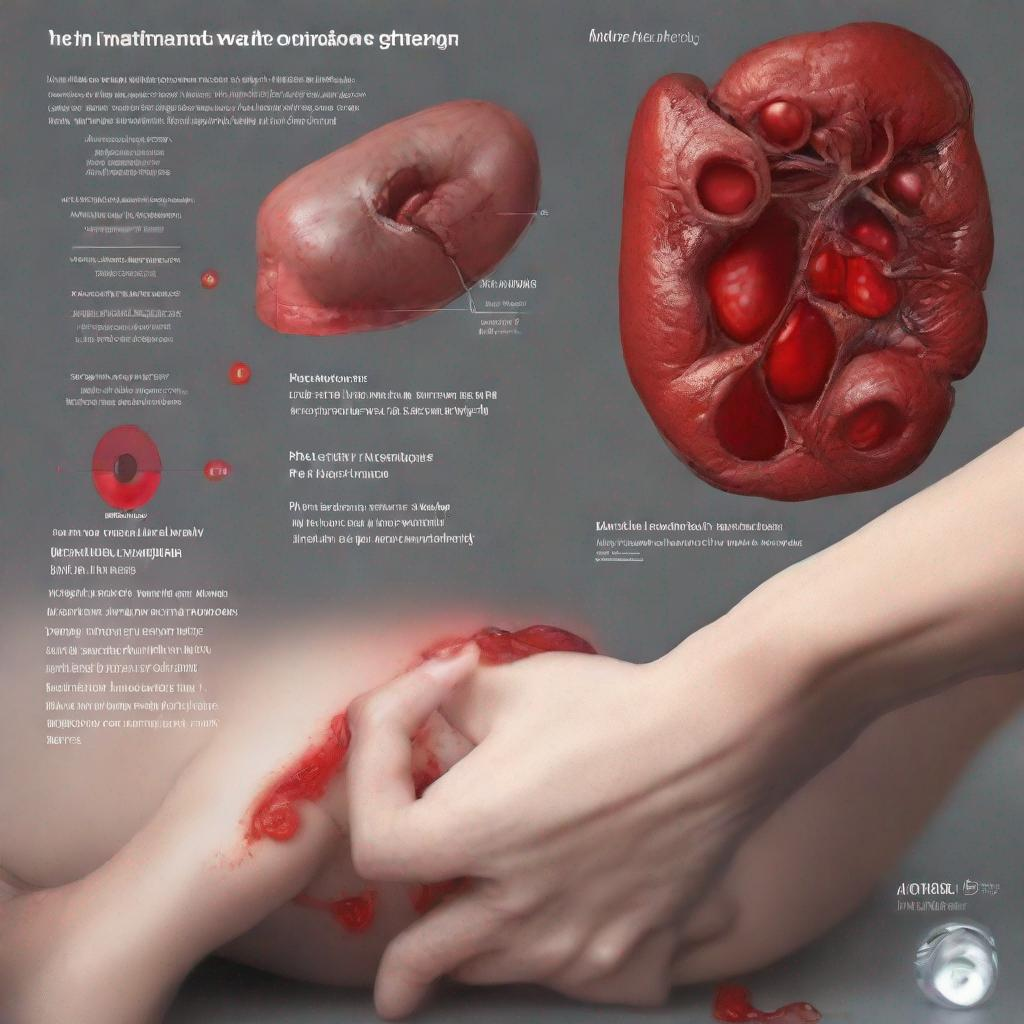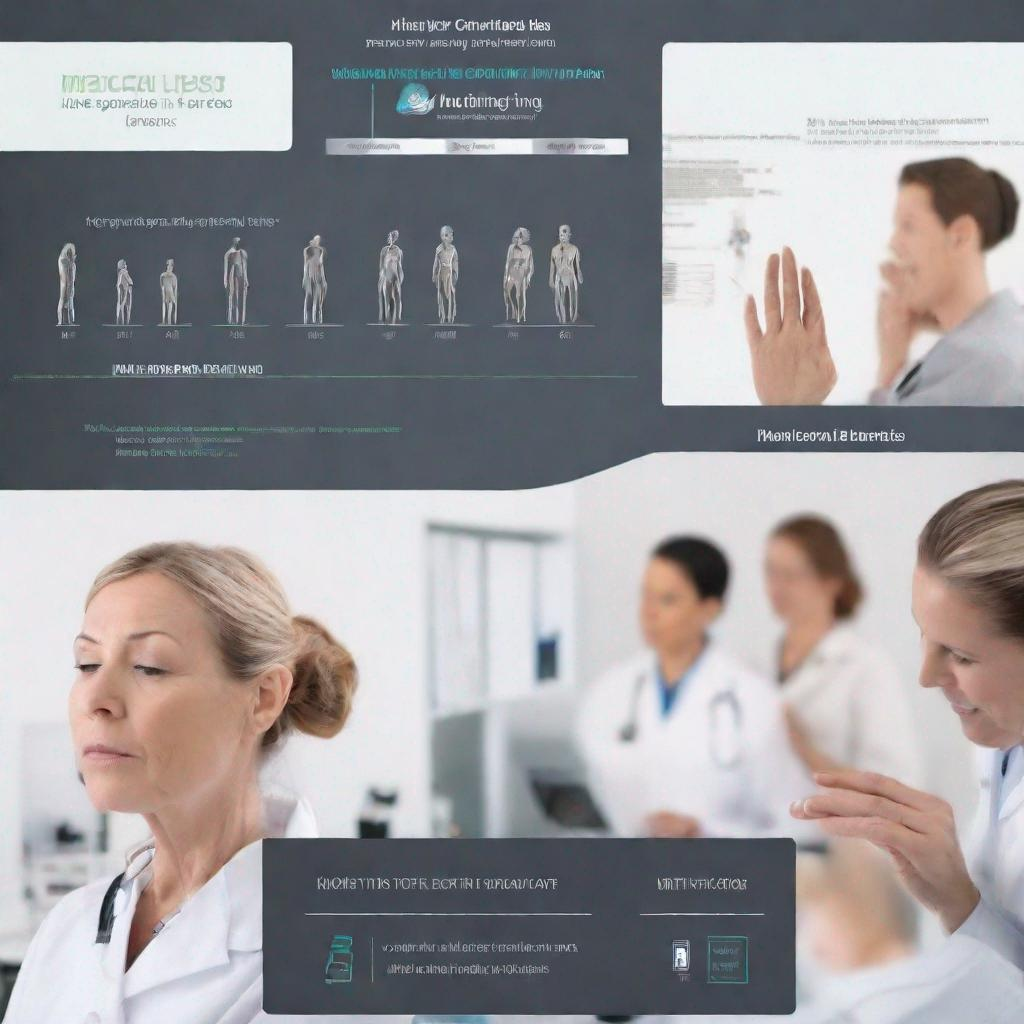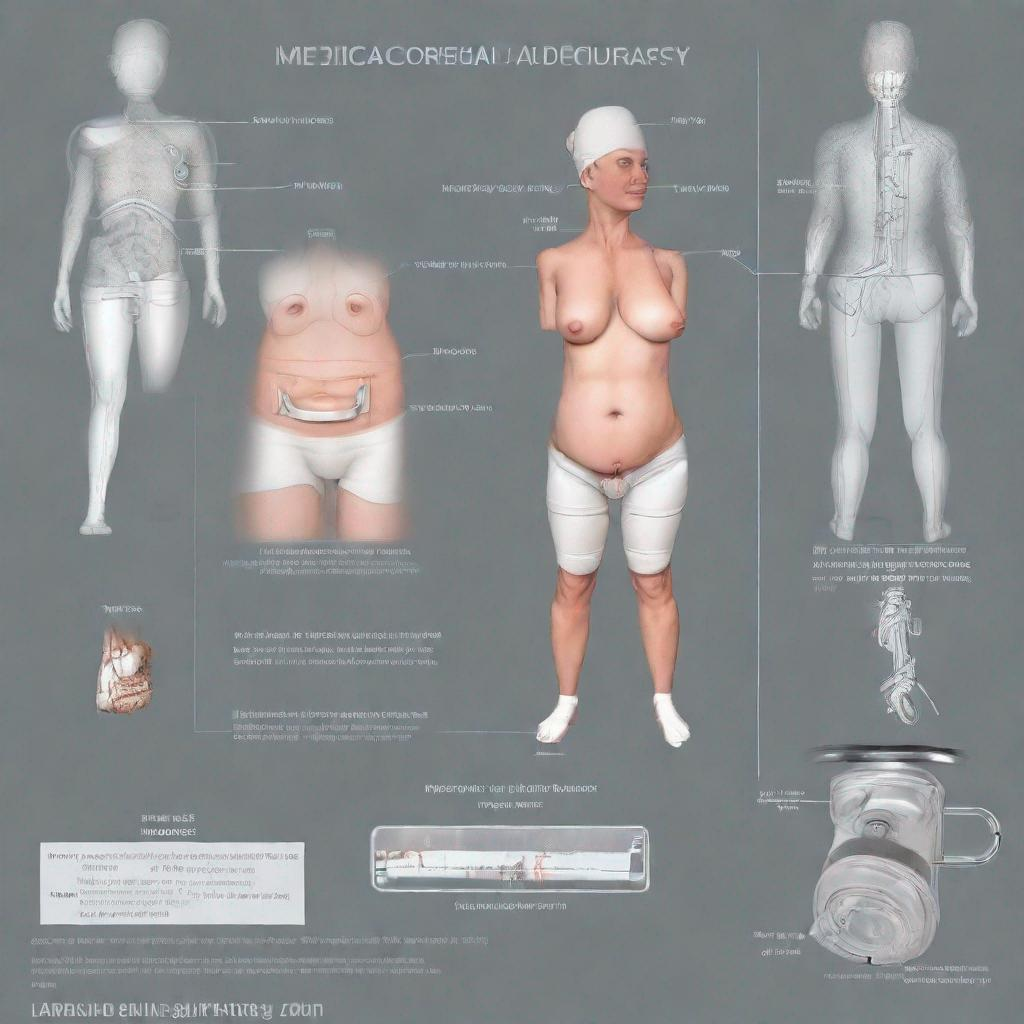## Maternal Hemorrhage
**Introduction:**
Maternal hemorrhage, or excessive bleeding during or after pregnancy, is a life-threatening condition that affects approximately 10% of all births. It can occur at any time during pregnancy or childbirth and can lead to serious complications for the mother and baby.
**Symptoms:**
* Heavy vaginal bleeding
* Sudden drop in blood pressure
* Lightheadedness or dizziness
* Confusion
* Rapid pulse
* Pale skin
* Shortness of breath
**Diagnosis:**
Maternal hemorrhage is diagnosed based on the mother’s symptoms and physical examination. **Body parts** that may be examined or involved include the:
* **Uterus** (the muscular organ where the baby grows)
* **Cervix** (the lower part of the uterus that opens into the vagina)
* **Placenta** (the organ that provides oxygen and nutrients to the baby)
* **Vagina** (the birth canal)
Tests that may be performed include:
* Blood test to check hemoglobin and clotting factors
* Ultrasound to assess the location of the placenta and the amount of bleeding
**Prevention:**
Prevention strategies for maternal hemorrhage focus on identifying risk factors and implementing appropriate interventions. **Risk factors** include:
* Previous postpartum hemorrhage (**PPH**)
* Antepartum hemorrhage (**APH**)
* Placenta previa (placenta covering the cervix)
* Abruptio placentae (placental separation from the uterus)
* Uterine rupture
* Coagulation disorders
Pregnant women at high risk may receive medications such as **Rh immunoglobulin (RhoGAM)** or undergo procedures like **uterine artery embolization** to reduce the risk of hemorrhage.
**Doctors Involved:**
* Obstetricians
* Gynecologists
* Emergency physicians
**Treatment:**
Treatment options depend on the type and severity of the hemorrhage. Common interventions include:
* Medications: **Oxytocin** or **misoprostol** to stimulate uterine contractions and reduce bleeding
* Procedures:
* **Uterine massage**
* **Balloon tamponade** (inserting a balloon into the uterus to apply pressure)
* **Hysterectomy** (surgical removal of the uterus) if conservative measures fail
**Complications:**
Maternal hemorrhage can lead to severe complications, including:
* **Anemia**
* **Blood clots**
* **Hemodynamic instability** (unstable blood flow)
* **Maternal mortality**
* **Perinatal mortality** (infant death during or shortly after birth)
Timely diagnosis and prompt treatment are crucial to minimize the risk of these complications.




